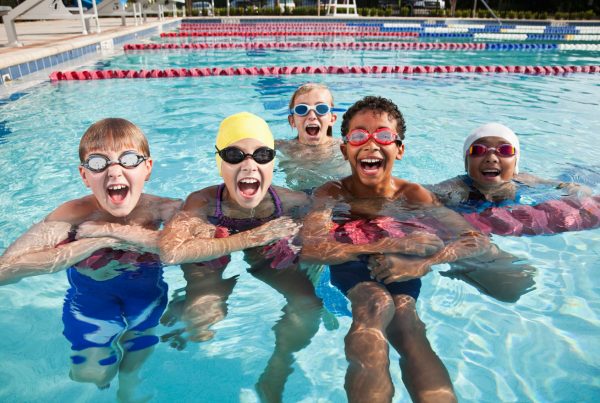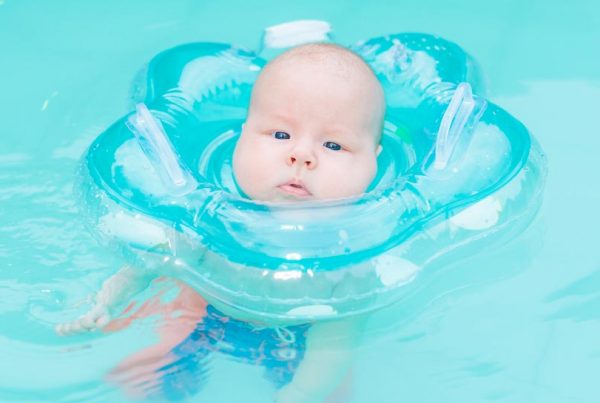Irish Water Safety is appealing to the public to take extreme care when taking part in sponsored swims. Participants can be distracted by the occasion and take chances beyond what is acceptably safe and can be left without sufficient strength to climb out of the water due to the cold. Cold winter waters can cause ‘cold shock’ and hypothermia can set in within minutes, overwhelming the fittest of swimmers.
- People organising Christmas swims should ensure that they provide comprehensive details of each event to the Irish Coast Guard and local Gardai.
- Each event should have a Safety Officer appointed, who will advise those concerned on safety and have the ultimate responsibility for making decisions in relation to the swim being on or off on the day on the day dependent on weather and tidal conditions remembering that there is a new moon on the 22nd of December so there will be spring tides leading to strong tidal streams on Christmas day.
- If the seas are rough and weather deteriorates, they should defer the event to a more suitable day without question and not take a chance on running the event.
- Many participants will not have swum since the summer and the temperature of the water has now dropped from approximately 17°C to 10°C, therefore we advise inexperienced swimmers to wear a wetsuit.
- It is a fallacy that alcohol will keep you warm when entering the water; in fact it has the reverse effect and could kill you. Irish Water Safety strongly recommends that no alcohol be taken either before the swim or after the swim and also remind people that they may be in breach of the drink driving laws when driving to or from the event.
- Cold water can cause cold shock and hypothermia in minutes, because the temperature of the water at this time of year will be below 10°C. Christmas day charity swimmers occasionally remain too long in the water in a gesture of bravado and can find themselves left without sufficient strength to climb out of the water becoming unbalanced and disoriented due to them becoming hypothermic, two or three minutes is plenty of time in the water for the inexperienced. Remember shivering and teeth chattering are the first signs of Hypothermia.
- Ensure that you have safe access and egress with appropriate shallow shelving or ladders as appropriate. People should be mindful that steps leading into the water might be dangerous due to the growth of algae.
- Swimmers’ remaining in the water for extended periods in a gesture of bravado is not acceptable. The message is “Get In, Get Out and Warm Up” and in the event of an emergency call the Coast Guard on 112.
Flooding Advice:
- Listen to the national and local radio for met eireann updates.
- Check on neighbours particularly if they are elderly, infirmed or families with young children.
- Move your vehicles to higher ground.
- Check your small craft to ensure it is well secured or moored.
- Make sure you have warm clothes, food, drink, a torch and radio.
- Block doorways and airbricks with sandbags or plastic bags filled with earth. Floodgate products will also work effectively.
- Switch off gas and electricity supplies if flooding is imminent.
- Check the time of High Water in the news.
- Never try to swim through fast flowing water.
- Carry a mobile phone at all times – call 112 in emergency.
- Wear suitable protective clothing and a lifejacket when in or around water.
- Never put your feet down if swept away.
- Flooding on roads will be deeper at dips and around bridges.
- Manhole covers may have been moved due to the heavy flow of water.
- The dangers are multiplied during the hours of darkness.
Ice Advice:
- Rescuing another person from ice can be dangerous. The safest way to perform a rescue is from shore. Use your mobile.
- Call for help at 999 or 112 and ask for the emergency services. Give your precise location, the number of people in difficulty and any conspicuous landmark.
- Check if you can reach the person using a ringbuoy and rope, long pole, items of clothing or branch from shore – if so, lie down and extend the pole to the person.
- If you can not reach them then pass out something that will float e.g. a ringbuoy, empty water proof container e.g. oil, milk containers.
- Instruct the casualty to keep still to maintain their heat and energy.
- If you go onto ice, wear a PFD and carry a long pole or branch to test the ice in front of you. Bring something to reach or throw to the person (e.g. pole, weighted rope, line or tree branch).
- When near the break, lie down to distribute your weight and slowly crawl toward the hole.
- Remaining low, extend or throw your emergency rescue device (pole, rope, line or branch) to the person.
- Have the person kick while you pull them out.
- Move the person to a safe position on shore or where you are sure the ice is thick.
- All casualties should be taken to hospital even if they appear to be unaffected by their ordeal as they will be suffering from hypothermia.
- Never go out on ice alone, especially at night.
Personal Safety Advice
- Call for help.
- Resist the immediate urge to climb back out where you fell in. The ice is weak in this area.
- Use the air trapped in your clothing to get into a floating position on your stomach.
- Reach forward onto the broken ice without pushing down. Kick your legs to push your torso on the ice.
- When you are back on the ice, crawl on your stomach or roll away from the open area with your arms and legs spread out as far as possible to evenly distribute your body weight. Do not stand up! Look for shore and make sure you are going in the right direction.
Ice Rescue Tips:
- Avoid going out on ice and discourage others from doing so.
- Carry your mobile – call for assistance from the emergency services.
- Do not attempt a rescue by going onto ice.
- Instruct the casualty to keep still thereby maintaining their heat and energy.
- Try to find something close by that will extend your reach such as a ringbuoy, rope, pole, branch or items of clothing. Throw this to the casualty. Then make sure you are stable on the bank by lying down or getting someone to hold onto you and attempt to pull the casualty from the water.
- If you cannot find something with which to perform a reach or throw rescue, try to find something that will float to throw or push out to them. This will help keep the casualty afloat until assistance arrives.
- Throughout your rescue KEEP OFF THE ICE, and continue to reassure the casualty, keeping them talking until help arrives.
- All casualties should be taken to hospital even if they appear to be unaffected by their ordeal as they will be suffering from hypothermia.


